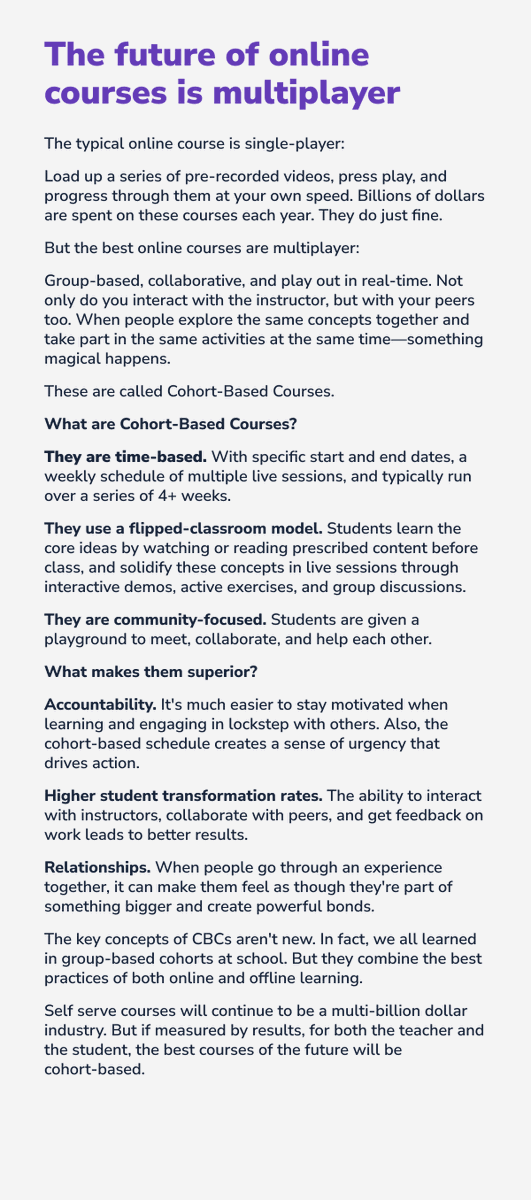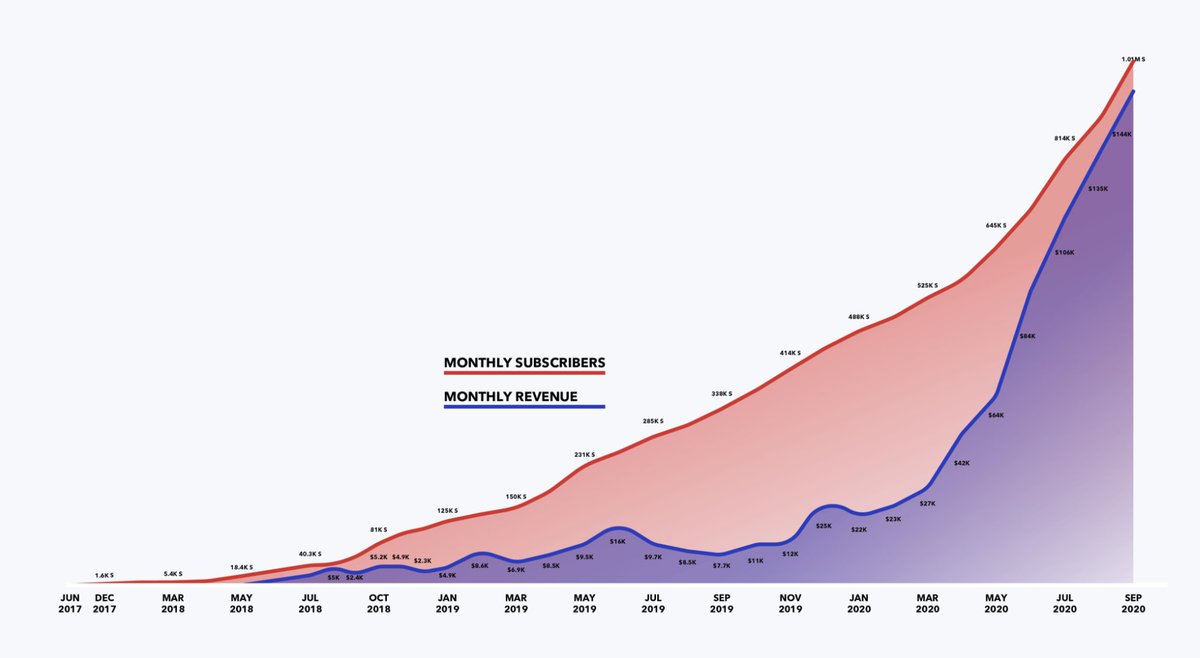
In the last 10 days I've grown my email list from 0 to a few hundred, gained thousands of followers, had writers I admire reach out to me, been invited onto podcasts, into communities, made new friends, and been offered some great career opportunities.
How? 🧵👇
How? 🧵👇

10 days ago I had a stale Twitter account, a fear of writing, and a bigger fear of publishing. Since then I've written & published 10 short essays online, & my ideas have now been seen over a million times.
In effect, online writing changed the trajectory of my life in 10 days.
In effect, online writing changed the trajectory of my life in 10 days.
Why write online? Sharing your ideas online creates more opportunities for luck. @david_perell calls this a "serendipity vehicle – a magnet for ideas and people and opportunities from potentially every corner of the globe."
Writing and publishing frequently changes the way you see the world. You pay more attention to other peoples writing and how it connects. You are constantly thinking about writing, so you start looking for ideas everywhere. And the minute you do, you realize ideas ARE everywhere.
Why publish daily? Writing daily is one thing, but publishing daily is completely different. Refining a new idea to the point where it’s ready to share, every single day, is challenging. But pushing yourself past your perceived limits is incredibly rewarding. No pain no gain.
Not a writer? Me neither, but publishing frequently is the fastest way to become one. The more you publish, the more feedback cycles you have, the faster you learn what engages and what falls flat. Sharing your ideas publicly is the best way to validate and refine your ideas.
Want to write more? Challenge yourself to publish a small essay every day. I guarantee: You will build new connections, develop new skills, understand how the world works in new ways, and push yourself past your false limits.
@JamesClear says "the trajectory of your life bends in the direction of your habits." Pick up a writing habit. Change your life.
A big part of my results was thanks to my secret weapon: I joined Ship 30 for 30 by @dickiebush. It's a community that writes & publishes a daily essay for 30 days.
Writing together is easier than writing alone. Next cohort starts soon: enroll.ship30for30.com/ship-30-for-30…
Writing together is easier than writing alone. Next cohort starts soon: enroll.ship30for30.com/ship-30-for-30…
• • •
Missing some Tweet in this thread? You can try to
force a refresh







